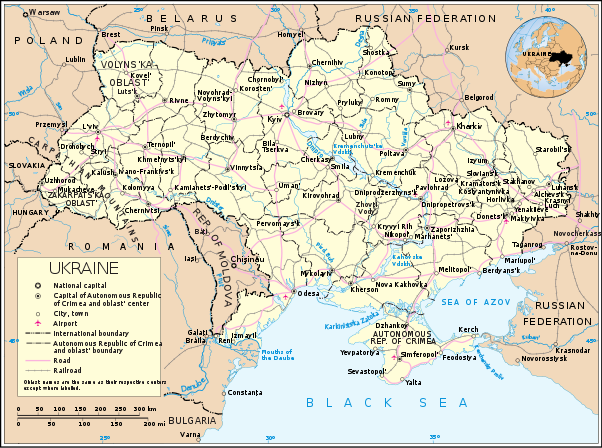by Raffaele Crocco
After 66 weeks of occupation, bombing and death in Ukraine, it is worth taking a closer look at the resurgent violence in Kosovo. Kosovo is a country with many of the same problems as Ukraine. It’s been at war and may be at war again. Connections can be found, that are induced by war games, strategies of planetary disruption and international political games played, as always, at the expense of all.
But this is not a conspiracy theory. It is about the need to understand if there is an overall strategy in place. What’s going on? According to some analysts, there may be a link between the resumption of violence in semi-independent Kosovo and this phase of the war in Ukraine. How so? Fighting has returned to Kosovo. The Serb minority reacted badly to having Albanian mayors imposed on them. They protested and attacked the troops of KFOR, the multinational NATO peacekeeping force in the area. People were injured and tensions remain high in the self-proclaimed independent republic.
The question is: why now? Why have tangible and dangerous tensions returned to Kosovo? The question arises from what happened in the weeks before Russia invaded Ukraine. It was the turn of the year 2021 and 2022. At the time, the world’s chancelleries were busy debating whether Putin intended to attack Kyiv. The European Union was putting pressure on Moscow, threatening and flattering the Kremlin leader. At the same time, protests broke out in Kosovo, again on the Serbian side, over the issue of compulsory “Albanian number plates”. Imposed by law, they could not be accepted by the Serbian Kosovars, who saw them as a “precondition for the cession of sovereignty” over a territory that, in their view, had always been Serbian. More or less in the same weeks, the Serbs of the Republika Srpska in Bosnia-Herzegovina gave evident signs of their “yearning for independence and reunification with Serbia” by committing a series of violations of the constitution resulting from the Dayton Accords that ended the war between Serbs, Bosnians and Croats in 1995.
Both entities, the Serbs of Kosovo and those of Bosnia, are tied to Belgrade. Russia uses Belgrade to penetrate the so-called southern Balkans. Serbia is bound to Russia by a pan-Slavic vision of the future, as well as by history, culture and a military alliance. Just as Russia has a part of its political soul in the construction of ‘Greater Russia’, Serbia has always had as its banner the utopia of ‘Greater Serbia’.
Under these premises, observers and analysts saw the late 2021/2022 actions in Kosovo and Bosnia as Russian attempts to distract the EU by bringing confrontation and the prospect of renewed violence to the EU. At this stage of the war in Ukraine, it could be the same: Moscow would try to divert Europe’s attention – not just political attention but also military resources – away from Ukraine by raising the level of confrontation first in Kosovo and then in Bosnia, hoping to slow the flow of aid – arms and economic assistance – to Kyiv.
Too complicated? Hard to believe? Perhaps. What is certain, however, is that it is Moscow’s strategic school, shared by other world or regional powers, to open up seemingly distant fronts to divide resources and adversaries. While this is debated, the war in Ukraine continues with growing ferocity. This week has been marked by small-scale military manoeuvres as well as large-scale bombardments of cities, in particular of Kyiv and its infrastructure. In one night alone, at least 25 civilians were reported killed. Four of them were children. And while we await the announced Ukrainian counter-offensive, diplomatic and negotiating spaces remain closed: the Chinese envoy’s trip had no effect and Kyiv relaunched its “peace conference” proposal for July, without Russia. This war is like an endless funnel that seems to be wearing down not only Ukrainians and Russians but the whole planet.
























